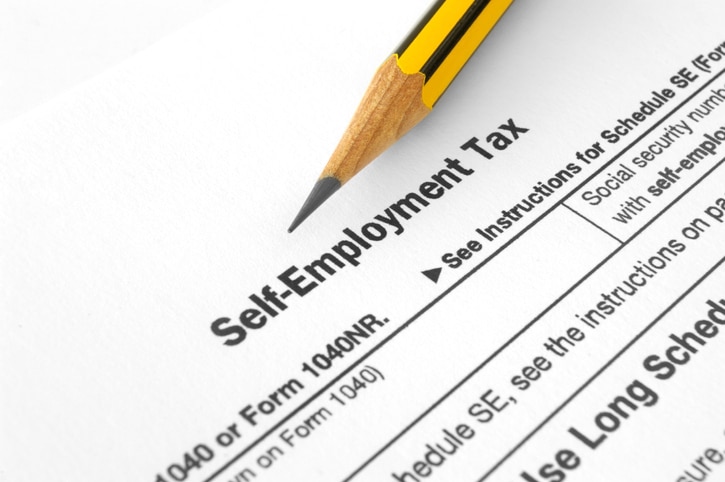One of the most valuable self-employed savings vehicles is a solo 401(k), also known as an individual 401(k). This powerful retirement savings account allows flexibility and significant tax deferral opportunity, far greater than traditional 401(k) accounts. If this account is right for you, you need to make sure you set up and fund the plan before the deadlines.
Why Is a Solo 401(K) So Powerful?
A solo 401(k) is more powerful than traditional employer 401(k) plans as it allows you to complete salary deferrals up to the same limits of traditional plans, plus you have the potential to make a significant profit-sharing contribution over and above those traditional contribution limits. Depending upon your income, a solo 401(k) plan could allow you to contribute significantly more than what an employer 401(k) allows.
The explanation of how this is possible is that you effectively get to wear two hats when you’re self-employed: an employee hat and an employer hat. From the standpoint of being an employee, you can make the same traditional salary deferral contributions up to the limits as any other employee of an employer-sponsored 401(k) plan. However, you also get to wear an employer hat, allowing you to reward yourself for your hard work by making a profit-sharing plan contribution. This contribution may be up to 20% of your annual net income, adjusted for self-employment taxes. This feature allows you to save in excess of the traditional employer 401(k) limits, helping to defer more taxable income and boost your retirement nest egg.
Contribution Flexibility
Just like a traditional 401(k) plan, all contributions to a solo 401(k) are elective, meaning there are no requirements to contribute each year. This gives you broad flexibility on the timing and amount of your contributions. Furthermore, your profit-sharing plan contribution can be made any time before you file your tax return. This allows you more time to save, if needed, in order to gain the maximum tax deferral benefit.
Can I Contribute if I Have a Business on the Side?
Even if you’re employed elsewhere, and have a business on the side, a solo 401(k) plan could represent a significant financial opportunity for you.
If you’re covered by 401(k), 403(b), TSP, or other like-qualified retirement accounts, you can maximize your salary deferral or employee contribution through either your employer plan, your own solo 401(k), or a combination thereof. However, you can’t exceed the maximum employee salary deferral limit in aggregate.
What Precautions Do I Need To Know?
Solo 401(k)s offer you greater contribution potential by allowing you to make profit-sharing contributions on top of traditional 401(k) contribution thresholds. However, there are three key elements that you need to consider:
- The investment selections available to you within a solo 401(k) plan are often far greater than those offered under traditional employer 401(k) plans. This means that you have a lot more investment due diligence to perform, more extensive decisions to make, with broader potential impacts on your long-term wealth objectives. We recommend that you work with a fee-only Registered Investment Advisor who can evaluate your options and guide your decision-making.
- When your individual 401(k) balance exceeds $250,000, you must file a Form 5500 to the IRS.
- Maximum profit-sharing contribution calculations are generous, but the calculation can be complex, due to adjustments for self-employed taxes. It’s best to work with a professional tax preparer to calculate your maximum contribution and to ensure that it’s properly reported for tax deduction purposes.
SageVest Wealth Management works with a number of self-employed and small business owners, helping to maximize tax planning opportunities in support of both personal and business financial objectives. Please contact us if you’d like to discuss how a solo 401(k) or other planning opportunities could benefit you and your business.




